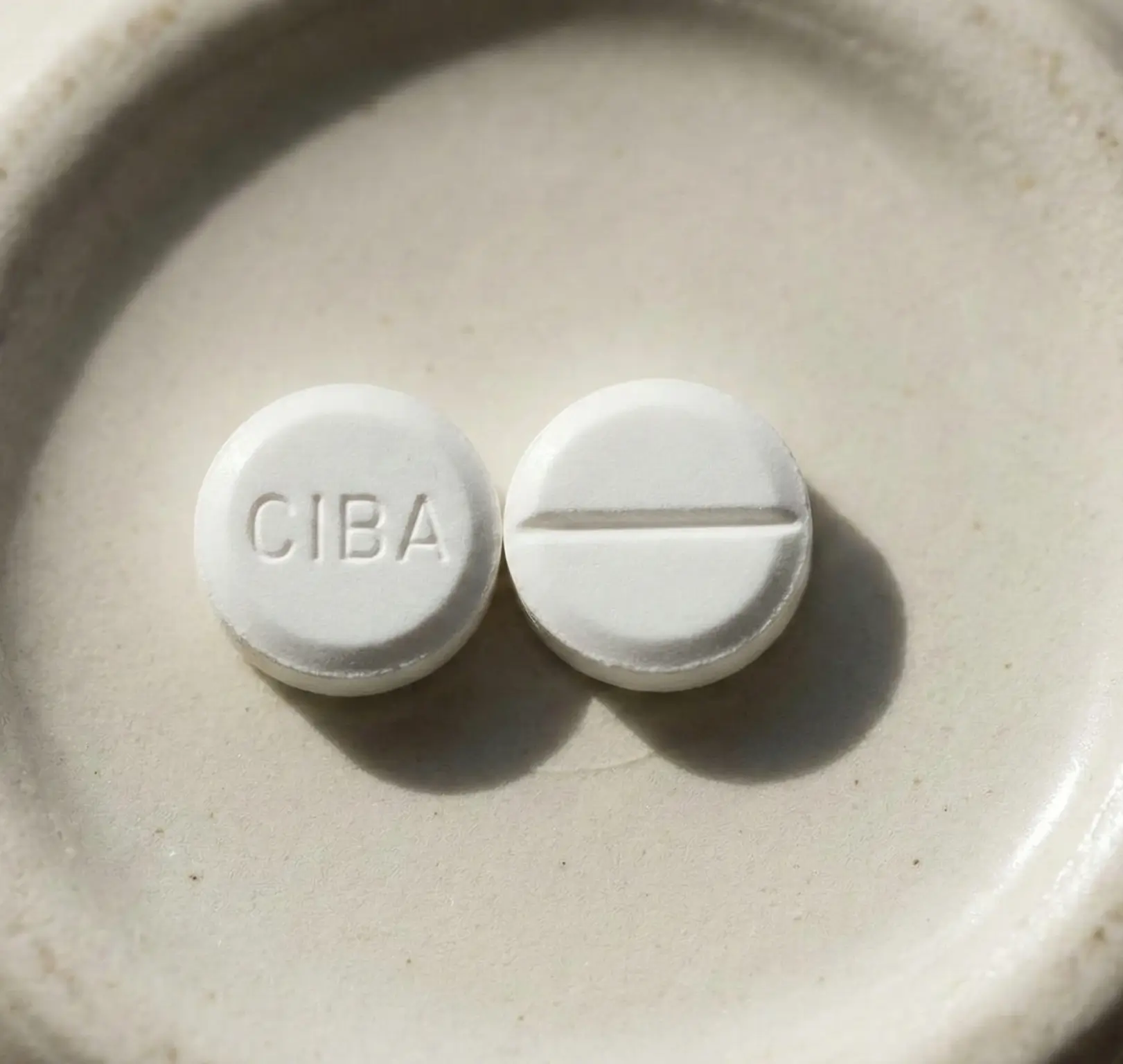Understanding Krokodil Effects
Krokodil, a homemade desomorphine derivative, is a dangerous and highly addictive drug that has devastating effects on the body and mind. The usage of krokodil can lead to the development of severe health issues, often referred to as the "Three Krokodil Effects." These effects include severe tissue necrosis, thrombophlebitis, and secondary infections and infestations.

Introduction to Krokodil
Krokodil, also known as the "flesh-eating drug," gained notoriety due to its destructive nature and the visible physical effects it has on its users. It is derived from codeine and is typically produced using a combination of easily accessible and toxic ingredients. The drug gained popularity in Russia and has since spread to other parts of the world, leading to a concerning public health crisis.
What Are the "Three Krokodil Effects"?
The "Three Krokodil Effects" refer to the specific health issues commonly associated with krokodil use. These effects are:
- Severe Tissue Necrosis: Krokodil-induced toxic side effects can cause severe tissue necrosis, leading to the development of large and painful ulcers. The drug's corrosive properties can damage the skin, muscles, and blood vessels, resulting in the formation of visible wounds and scaly, discolored skin.
- Thrombophlebitis: Krokodil use can lead to thrombophlebitis, a condition characterized by inflammation of the veins. This inflammation can cause blood clots to form, obstructing the flow of blood and leading to pain, swelling, and potential complications such as deep vein thrombosis.
- Secondary Infections and Infestations: The use of krokodil can weaken the immune system and compromise the body's ability to fight off infections. Additionally, the unsanitary nature of the drug's production process and the injection method used can introduce bacteria and contaminants into the body, increasing the risk of secondary infections and infestations.
These "Three Krokodil Effects" collectively contribute to the severe physical deterioration and potential life-threatening consequences associated with krokodil use.
Understanding the devastating effects of krokodil is crucial in addressing this public health crisis. Efforts to combat krokodil abuse should focus on public awareness, education, and comprehensive addiction treatment. By raising awareness about the dangers of krokodil and providing accessible treatment options, we can strive to prevent further harm and support individuals in overcoming addiction.
The "Krokodil Effects" Explained
Krokodil, a homemade desomorphine derivative, is notorious for its devastating effects on the body. The term "three krokodil effects" refers to the severe manifestations that can occur as a result of krokodil usage. These effects include severe tissue necrosis, thrombophlebitis, and secondary infections and infestations [1].
Severe Tissue Necrosis
One of the most alarming consequences of krokodil use is severe tissue necrosis. The toxic properties of the drug can lead to the development of large, painful ulcers and the deterioration of tissue in the affected area. This necrosis is often visible on the skin's surface and can cause extensive damage to the underlying tissues. The severity of tissue necrosis seen in krokodil users is a distressing and dangerous aspect of this harmful drug.
Thrombophlebitis
Thrombophlebitis, another of the "three krokodil effects," refers to the inflammation of veins accompanied by the formation of blood clots. Krokodil-induced thrombophlebitis can occur in both superficial and deep veins. The use of krokodil can lead to veno-occlusive arterial disease, which further exacerbates the risk of blood clots forming within the veins. Thrombophlebitis is a painful condition that can have severe implications for an individual's health and well-being.
Secondary Infections and Infestations
The third of the "three krokodil effects" involves the increased susceptibility to secondary infections and infestations. Krokodil is often prepared using contaminated solvents, which can introduce harmful bacteria and parasites into the body. These contaminants, combined with the compromised immune system of krokodil users, create a breeding ground for infections and infestations. This puts individuals at a higher risk of developing serious and potentially life-threatening conditions.
It is important to note that the "three krokodil effects" are not isolated occurrences but often go hand-in-hand in individuals who use this dangerous drug. The devastating impact of severe tissue necrosis, thrombophlebitis, and secondary infections and infestations underscores the urgent need for awareness, prevention, and comprehensive addiction treatment to address the krokodil crisis.
Impact of Krokodil on the Body and Brain
Krokodil, a potent and dangerous drug, inflicts severe damage on both the body and the brain. Understanding the destructive effects it has is crucial in comprehending the gravity of this substance abuse issue.
Destructive Effects on the Body
Krokodil use leads to what is known as the "three krokodil effects" - severe tissue necrosis, thrombophlebitis, and secondary infections and infestations [1]. Let's take a closer look at each of these effects:
- Severe Tissue Necrosis: Krokodil causes extreme tissue damage, inflammation, and necrosis. The damage inflicted by this drug is so severe that it can necessitate medical intervention, including amputation in some cases. The permanence of this damage underscores the urgency of addressing krokodil abuse.
- Thrombophlebitis: Krokodil use leads to veno-occlusive arterial disease, resulting in thrombophlebitis, which is the inflammation and clotting of veins. This condition poses significant health risks and further exacerbates the damage caused by krokodil.
- Secondary Infections and Infestations: The corrosive and toxic nature of krokodil leaves users vulnerable to secondary infections and infestations. Open wounds caused by tissue necrosis provide an entry point for bacteria and other pathogens, increasing the risk of serious infections that can be life-threatening.
Effects on Mental Health
Chronic krokodil abuse also takes a toll on mental health. Individuals who abuse krokodil may experience memory loss, cognitive impairment, emotional instability, hallucinations, anxiety, and depression. The overall deterioration in quality of life is a grave consequence of krokodil's impact on mental well-being.
"Krokodil Effects" on the Brain
While the "three krokodil effects" predominantly affect the body, the brain is not spared from harm. Krokodil's corrosive properties, combined with its potent chemical composition, can lead to significant neurological damage. The specific effects on the brain caused by krokodil are still being studied, but the urgency to address this issue is clear [3].
The impact of krokodil on the body and brain underscores the urgent need for comprehensive addiction treatment programs. Such programs should address the physical, mental, and emotional aspects of substance abuse to help individuals break free from the devastating cycle of krokodil addiction and regain control of their health and well-being.
Risks and Consequences of Krokodil Use
Krokodil, a dangerous and highly addictive drug, poses significant risks and consequences to those who use it. Understanding these risks is crucial in raising awareness and preventing its use. This section will delve into the composition and impurities of krokodil, its global spread and prevalence, and the medical interventions and treatment options available.
Composition and Impurities of Krokodil
Krokodil contains numerous toxic substances, including codeine, iodine, red phosphorus, hydrochloric acid, and solvents. These ingredients, when combined, cause severe destruction to the body's internal organs and tissues [3]. The drug is often manufactured in makeshift labs, which increases the risk of impurities and harmful side effects.
The exact composition of krokodil can vary due to its illicit, home-based manufacturing process. It is reported to contain desomorphine, a semi-synthetic morphine analogue, synthesized in the 1930s. However, due to the clandestine nature of production, it may also contain other unknown and potentially dangerous ingredients.
Global Spread and Prevalence
Originally prevalent in Russia and Ukraine, krokodil has gained attention for its alarming spread to other countries. The amount of krokodil seized in Russia increased significantly between 2009 and 2011, and the drug has been reported in countries such as Ukraine, Georgia, Kazakhstan, Germany, and Norway [4].
In Russia, krokodil is known by the names "Cheornaya" and "Himiya." Shockingly, over one million people in Russia have used or currently use krokodil, and the drug has resulted in thousands of deaths.
Medical Interventions and Treatment
Addressing the krokodil crisis requires effective medical interventions and treatment options. Due to the severe tissue damage caused by krokodil, surgical debridement and excision are often necessary to manage the "three krokodil effects" - localized inflammation, extensive necrosis, and the potential need for future amputation at the site of injection.
In addition to surgical interventions, comprehensive addiction treatment is essential for individuals struggling with krokodil addiction. This may include detoxification, counseling, behavioral therapies, and support groups. Access to quality addiction treatment services is vital in helping individuals recover from krokodil addiction and rebuilding their lives.
Efforts to combat the krokodil crisis should focus on implementing regulations and restrictions to limit the availability of the drug. Public awareness campaigns and education initiatives play a crucial role in informing individuals about the dangers of krokodil and the importance of seeking help. It is essential to promote comprehensive addiction treatment services to support those affected by krokodil addiction in their journey towards recovery.
By understanding the composition, global spread, and available medical interventions for krokodil use, we can work towards addressing this alarming issue and protecting individuals from the devastating consequences of this dangerous drug.
Addressing the Krokodil Crisis
To combat the devastating consequences of krokodil use, it is essential to implement various strategies on multiple fronts. Addressing the krokodil crisis requires a comprehensive approach that includes regulations and restrictions, public awareness and education, and the importance of comprehensive addiction treatment.
Regulations and Restrictions
One of the key steps in addressing the krokodil crisis is the implementation of regulations and restrictions. Governments and regulatory bodies must take action to limit the production, distribution, and sale of the components used to make krokodil. For example, the restrictions on the sale of codeine-containing medication (CCM) in Russia have shown promising results. Following the implementation of federal restrictions, there was a decrease in national searches for krokodil. These measures help to curb the availability and accessibility of the substances used to create krokodil, ultimately reducing its prevalence.
Public Awareness and Education
Raising public awareness about the dangers and consequences of krokodil use is crucial in addressing the crisis. Educational campaigns, both at the community and national levels, can help inform individuals about the risks associated with krokodil and discourage its use. By providing accurate information about the "three krokodil effects" and the severe damage it can cause to the body and mind, people are more likely to make informed choices regarding their health. Additionally, highlighting success stories of individuals who have overcome krokodil addiction can serve as inspiration and motivation for those seeking help.
Importance of Comprehensive Addiction Treatment
Comprehensive addiction treatment plays a vital role in addressing the krokodil crisis. Individuals struggling with krokodil addiction require access to specialized treatment programs that cater to their unique needs. These programs should encompass a range of services, including medical detoxification, counseling, behavioral therapies, and support groups. The physical and psychological effects of krokodil use can be severe, and it is crucial to provide a holistic approach to treatment that addresses both the physical dependency and underlying mental health issues.
By offering comprehensive addiction treatment, individuals battling krokodil addiction have a higher chance of recovery and breaking free from the destructive cycle of drug use. Rehabilitation centers, community organizations, and healthcare professionals all play a significant role in providing the necessary support and guidance to individuals seeking help.
Addressing the krokodil crisis requires a collective effort from governments, healthcare providers, communities, and individuals themselves. By implementing regulations and restrictions, increasing public awareness and education, and providing comprehensive addiction treatment, we can work towards minimizing the devastating impact of krokodil and helping individuals reclaim their lives from addiction.
References
[1]: https://pubmed.ncbi.nlm.nih.gov/31705099/
[2]: https://pubmed.ncbi.nlm.nih.gov/31812305/
[3]: https://www.banyantreatmentcenter.com/2021/07/29/effects-of-krokodil-on-the-brain-boca/
[4]: https://www.drugs.com/illicit/krokodil.html
[5]: https://www.ncbi.nlm.nih.gov/pmc/articles/PMC4180331/













